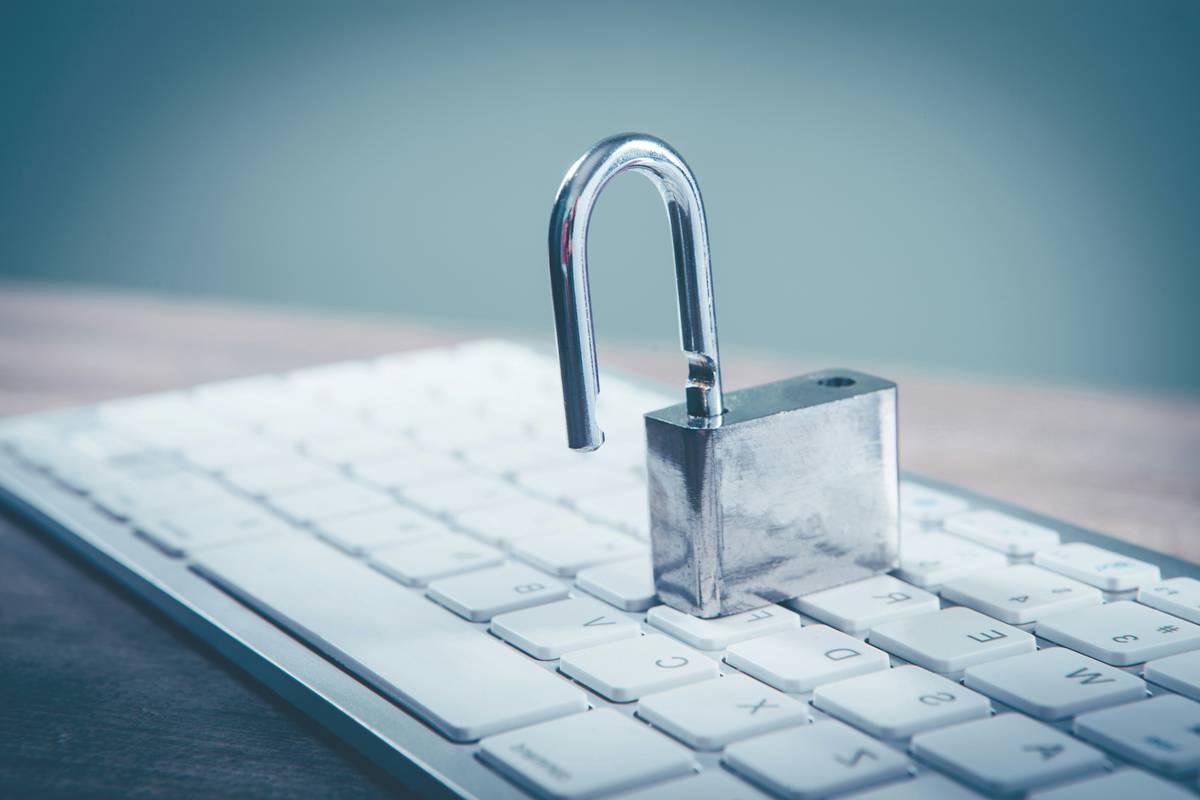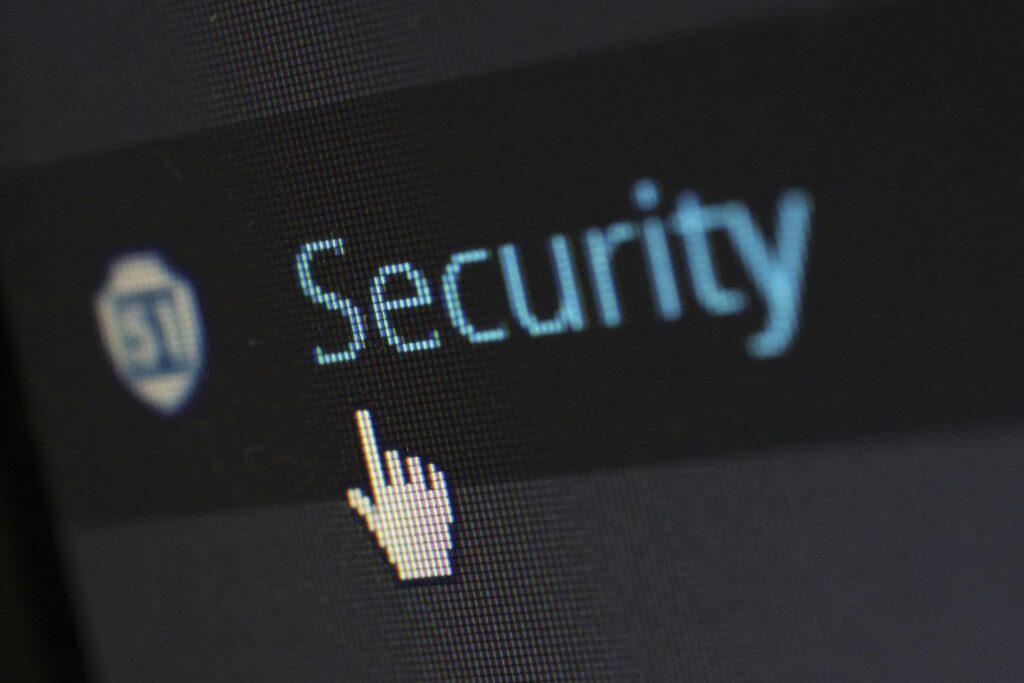Ever clicked a link in an email that seemed legit—only to realize later it was a trap? You’re not alone. According to recent data, over 90% of cyberattacks start with phishing emails, and businesses lose an average of $1.8 million annually due to successful phishing scams. Scary, right? In this post, we’ll dive into the rising cybersecurity challenges posed by phishing attacks and how Phishing protection software can be your digital knight in shining armor.
You’ll learn:
- What makes phishing attacks so dangerous—and why traditional defenses aren’t cutting it anymore.
- How to choose the right phishing protection software for your needs.
- Actionable tips to boost your cybersecurity game today.
Table of Contents
- Key Takeaways
- Why Phishing Attacks Matter More Than Ever
- How to Choose the Right Phishing Protection Software
- 5 Best Practices for Staying Ahead of Phishing Threats
- Real-World Examples: When Phishing Protection Saved the Day
- FAQs About Phishing Protection Software
- Conclusion: The Future Is Secure—But Only With Action
Key Takeaways
- Phishing remains one of the top cybersecurity threats globally, targeting both individuals and organizations.
- Reliable phishing protection software combines AI-based detection, real-time alerts, and employee training modules.
- Choosing the right tool requires understanding your specific vulnerabilities and business size.
- Proactive measures like regular audits and updates are crucial even with advanced tools in place.
Why Phishing Attacks Matter More Than Ever
If you’ve ever rolled your eyes at yet another company-wide email about “cybersecurity awareness,” I get it. But here’s the thing: those reminders exist because phishing works. It preys on human psychology—curiosity, urgency, fear—and exploits trust. Once upon a time, these attacks were clumsy (“Dear Sir, please send me your bank details”), but modern phishing campaigns? Chef’s kiss—they’re designed to fool even seasoned professionals.
A personal story: A colleague once fell for what they thought was an urgent request from our CFO. They clicked the embedded link and entered login credentials without thinking twice. Within minutes, sensitive financial data had been compromised. Oof. That incident cost us thousands—not just in direct damages but also in time spent cleaning things up.

Figure 1: The alarming rise in phishing attacks year over year.
How to Choose the Right Phishing Protection Software
So, now that we’ve established how bad phishing is (and why ignoring it is a terrible idea), let’s talk solutions. Optimist You might think, “Just install some antivirus software!” Grumpy Me replies, “Ugh, nice try—but no.” Traditional antivirus programs won’t cut it against sophisticated phishing tactics.
Step 1: Assess Your Vulnerabilities
Start by identifying weak points in your organization’s security posture. Do employees use multiple devices? Are remote workers accessing sensitive files via public Wi-Fi? This step ensures you pick software tailored to your risks.
Step 2: Look for Key Features
- AI-Based Detection: Modern phishing protection uses machine learning to spot anomalies in emails or links.
- Real-Time Alerts: Instant notifications help block threats before they escalate.
- User Training Modules: Software with educational components empowers employees to recognize red flags themselves.
Step 3: Check Integration Compatibility
Will the software integrate smoothly with your existing systems? If not, prepare for headaches galore. Think of it like trying to fit a square peg into a round hole—it doesn’t work.
5 Best Practices for Staying Ahead of Phishing Threats
- Enable Multi-Factor Authentication (MFA): Even if credentials are stolen, MFA adds an extra layer of defense.
- Regularly Update Software: Hackers exploit outdated patches faster than you can say “Windows update.”
- Conduct Simulated Phishing Tests: Yep, trick your own team occasionally (ethically!) to see who falls for faux scams.
- Educate Employees: Reinforce safe browsing habits through workshops and resources.
- Avoid Public Wi-Fi Without VPNs: Because free airport Wi-Fi isn’t worth risking corporate secrets.
Real-World Examples: When Phishing Protection Saved the Day
Let’s take a look at Company X—a mid-sized marketing agency hit hard by phishing attempts. After implementing robust phishing protection software, they reduced incidents by 87% within six months. Their secret? Pairing cutting-edge tech with consistent staff training sessions.
Sounds great, right? Now imagine being the IT manager whose late-night deployment of such software prevented a catastrophic breach. Hero status unlocked.
FAQs About Phishing Protection Software
Q: What exactly does phishing protection software do?
A: It scans incoming emails, identifies suspicious content, blocks malicious links, and trains users to spot potential threats—all while keeping your network secure.
Q: Will it slow down my system?
A: Good question! Reputable solutions prioritize speed and efficiency, so the impact should be minimal.
Q: Is phishing protection enough on its own?
A: Nope. While it’s a powerful tool, combining it with other safeguards like firewalls and encryption creates a fortified defense line.
Q: Can small businesses afford this?
A: Absolutely. Many providers offer scalable pricing plans suitable for startups and SMEs alike.
Conclusion: The Future Is Secure—But Only With Action
Phishing isn’t going anywhere anytime soon. Hackers evolve; their methods grow sneakier. But guess what? So does technology. By investing in reliable phishing protection software and adopting smart practices, you can turn the tide in your favor.
To recap:
- Understand the scope of phishing risks.
- Pick software that matches your unique needs.
- Stay vigilant with continuous education and updates.
Remember, cybersecurity is like feeding a Tamagotchi—it demands daily care. Stay sharp out there!
And finally, here’s a haiku to wrap things up:
Malware tries to bite,
Software shields keep us safe—
Peace restored. Click wisely.


